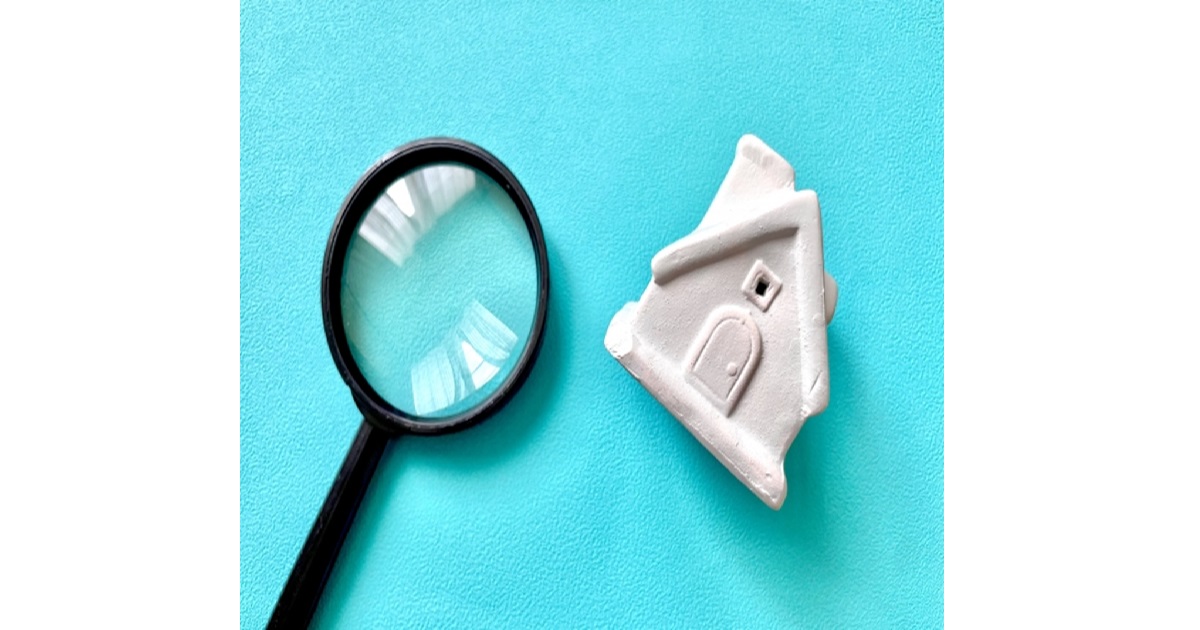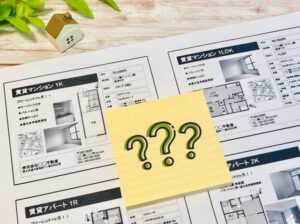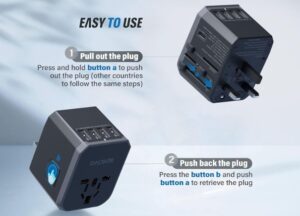Renting an apartment in Japan can be an exciting step toward starting your new life here.
However, the process can seem complex and different from what you might be used to in your home country.
This guide will walk you through the entire process, from searching for a property to signing the contract and moving in.
Step 1: Before You Start Your Search
Preparation is key.
Before you even start looking, make sure you have the following in order.
1. Visa and Residence Card (在留カード – Zairyu Card)
You cannot sign a lease in Japan without a valid long-term visa and a Residence Card.
Landlords will require this to prove your legal status.
2. Understanding the Initial Costs
Renting in Japan involves significant upfront costs, often totaling 4 to 6 times your monthly rent.
Be prepared for:
- Shikikin (敷金) – Security Deposit: A refundable deposit (usually 1-2 months’ rent) that covers potential damages.
- Reikin (礼金) – Key Money: A non-refundable “gift” to the landlord (typically 1-2 months’ rent). Thankfully, many modern properties no longer require this.
- Chukai Tesuryo (仲介手数料) – Brokerage Fee: A fee paid to the real estate agent (usually 0.5 to 1 month’s rent plus tax).
- Guarantor Company Fee (保証会社利用料): A mandatory fee for most foreigners (50-100% of one month’s rent) paid to a company that acts as your guarantor.
- Other Fees: Such as lock-changing fees and fire insurance.
3. The Guarantor System
Traditionally, renting requires a Japanese guarantor, which is a major hurdle for foreigners.
The modern solution is to use a guarantor company (保証会社 – hoshou-gaisha).
Your real estate agent will usually arrange this for you.
Step 2: Finding Your Apartment
Here are the best places to search.
- Real Estate Agents (不動産屋): The most common way. Look for major chains like Apaman Shop, or search for “apartments for foreigners in [city name]” to find English-speaking agents.
- Online Property Websites: Use sites like SUUMO and HOMES to browse, but be aware of “decoy” listings (otori-bukken).
- Specialized Services for Foreigners: Websites like GaijinPot Housing and Real Estate Japan offer full English support.
Step 3: The Application and Screening Process
You’ve found a place you love.
Here’s what’s next.
1. Property Viewing (内見 – Naiken)
Visit the property with the agent to check its condition and ask questions.
2. The Application (申込 – Moushikomi)
You’ll fill out an application form.
You will need your Residence Card, passport, proof of income, a Japanese phone number, and an emergency contact.
3. The Screening (審査 – Shinsa)
The landlord and guarantor company will review your application.
This can take a few days to a week.
Don’t be discouraged if you are rejected; your agent will help you find another option.
Step 4: Signing the Contract and Moving In
Congratulations, you’ve been approved! Here are the final steps.
- Explanation of Important Matters (重要事項説明): Before signing, a licensed agent will explain the contract terms in Japanese. It is highly recommended to bring a Japanese-speaking friend or interpreter.
- Signing the Contract (契約): You will sign the official lease agreement.
- Paying the Initial Costs: You will transfer the large sum of initial costs to the designated bank account.
- Getting the Keys (鍵の受け渡し): Once payment is confirmed, you can pick up your keys on your move-in day. Welcome to your new home!
Key Vocabulary
- Yachin (家賃): Monthly Rent
- Kyoekihi / Kanrihi (共益費 / 管理費): Common Area/Maintenance Fee
- Madori (間取り): Floor plan (e.g., 1K, 1DK, 2LDK)
Renting in Japan is a process, but with the right preparation and support, you will find a wonderful place to call home.
Good luck with your search!
Pro Tip: Plugging In Your Electronics from Home
Once you move into your new apartment, you’ll want to use your laptop, phone charger, and other electronics from your home country.
Don’t forget that Japan has its own plug type (Type A). To avoid any issues, having a few universal travel adapters on hand is incredibly useful for all your imported devices.
We recommend this Universal Travel Adapter from Amazon.com
If you found this guide helpful, please give it a like!










